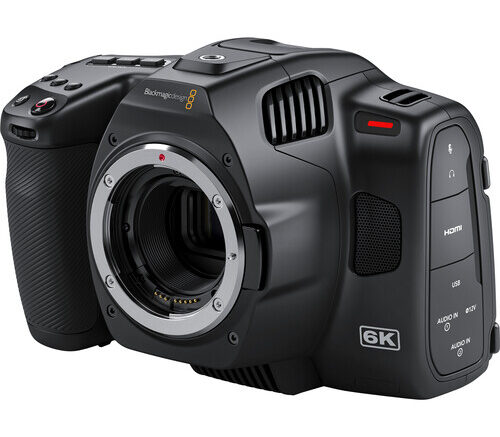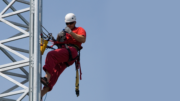If you want to create content for a living, you need to find a way to stand out. Take it from me. According to a recent statistic, I have been creating content longer than 50% of people have been on this planet. There’s something rather peculiar about that fact. I’ve gone from print to bulletin board systems to forums to blogs and social media. I’ve created books, flyers, downloadables, articles, and videos. Along the way I’ve learned a lot, usually by trial and error (and more error.)
Use the best equipment you can afford
That’s one lesson I’ve learned over the years. When I started as a kid with my Ranger Rick Telephoto Camera Gun (something, which oddly, does not appear on the internet at all), I took really bad pictures. In high school, the Nikon I used did a lot better, but the early equipment I made videos with was really really bad. That’s been the patter with me; just as I improve in one area, I dip down in another.
When I started working on this blog in 2012, cell phone camera tech wasn’t all that advanced. My old phone barely had enough storage for a few minutes of video and transferring it to the computer took cables and lots of time. So, I used a point-and-shoot that took 720p video. Over the years, I’ve upgraded, and now I exclusively use BlackMagic gear for shooting videos. I even use it for creating instagram reels. I shoot them in 6K, and edit them back down to size.
It makes a huge difference. Let me explain why.
The quality
Honestly I am still working through all the settings it takes to get quality video out of such a complex instrument. Unlike a cell phone which uses AI to make tons of decision for you, the Blackmagic camera treats you like a grownup. You get to make every decision exactly the way you want it, not the way the AI wants it. That’s great, but it does take a lot of work to understand the right options. The Blackmagic camera doesn’t even set the ISO, which pretty much every cell phone camera does. You’re encouraged to use a good old fashioned light meter to figure it out for yourself, and you can choose a higher or lower one depending on what you need.
The flexibility
When you shoot 6K video, you can crop and move anywhere you want. It’s like having a zoom lens while you’re editing. You can do the same with video you shoot on your phone — and I have — but the quality really suffers. Blackmagic’s proprietary RAW format lets you get the absolute best quality to start with, so you can produce the best final video product.
The other thing I like about this camera is that you can record straight onto SSDs. Connect one via USB-C and when you’re done, just bring it to the computer to start editing. There’s no long transfer time. If you prefer, you can transcode the file to a smaller size, since the RAW files are about 12GB for every minute of video. Then, keep the original RAW files on the solid state drive if you need them. A warning here, though: use a higher-quality SSD because you will need those really fast read/write speeds for the large files. Personally I use NVMe internal SSDs in an enclosure, they seem to be the best value.
The extra things you’ll really like
Using a dedicated camera means you can switch lenses if you want to. You can add a $5,000 lens or a $50 used one, depending on your needs. You can get a real optical zoom that looks great. You can connect the camera to an external monitor to see what you’re doing, swap out batteries as they become depleted, even attach an external microphone easily.
The Blackmagic camera really is a professional tool at a prosumer price. I know a lot of people are using them to do cinema-quality work. I think with the right combination of lens, lights, and microphone you could do work that was indistinguishable from broadcast TV quality. Or, you can use the camera pretty much as it comes out of the box (although you have to add your own lens) and get great results with a little effort.
One thing to mention, though.
The lowest-end Blackmagic camera, the one I’m using, is the Pocket Cinema 6K. It looks a lot like a DSLR. I will simply warn you, I don’t care what they call it. This is not a pocket camera. I can’t think of anyone, save maybe a kangaroo, with a pocket big enough to hold this bad boy. It’s heavy, too, and depending on your choice of lens it can be very front-heavy. This is not the camera you want to carry with you for “just in case” photos and videos. This is a compact studio camera that you “could” hold if you really had to. Once you know that, you’ll be very happy.
When I first got the camera, I shot this video comparing it to previous equipment. Since then I’ve learned a lot more about how to light for it, but you can still see the difference in quality.
Get this camera, and more, from Solid Signal
Solid Signal is your home for Blackmagic Design and tens of thousands of other pro-quality items. With Blackmagic, you can do practically anything a pro studio can do, for a lot less money. If you have questions, call us at 888-233-7563 during East Coast business hours. If it’s after hours, fill out the form below. We’ll get back to you, usually within one business day.





